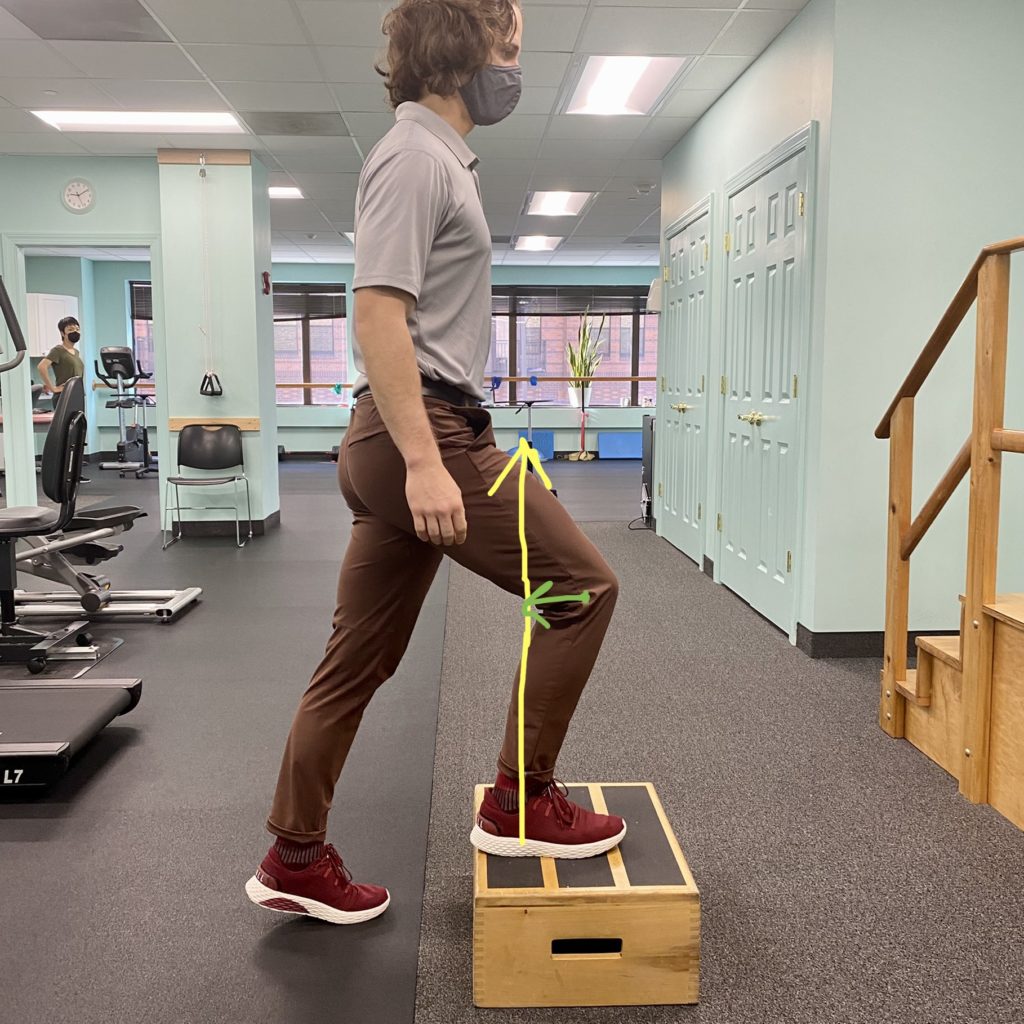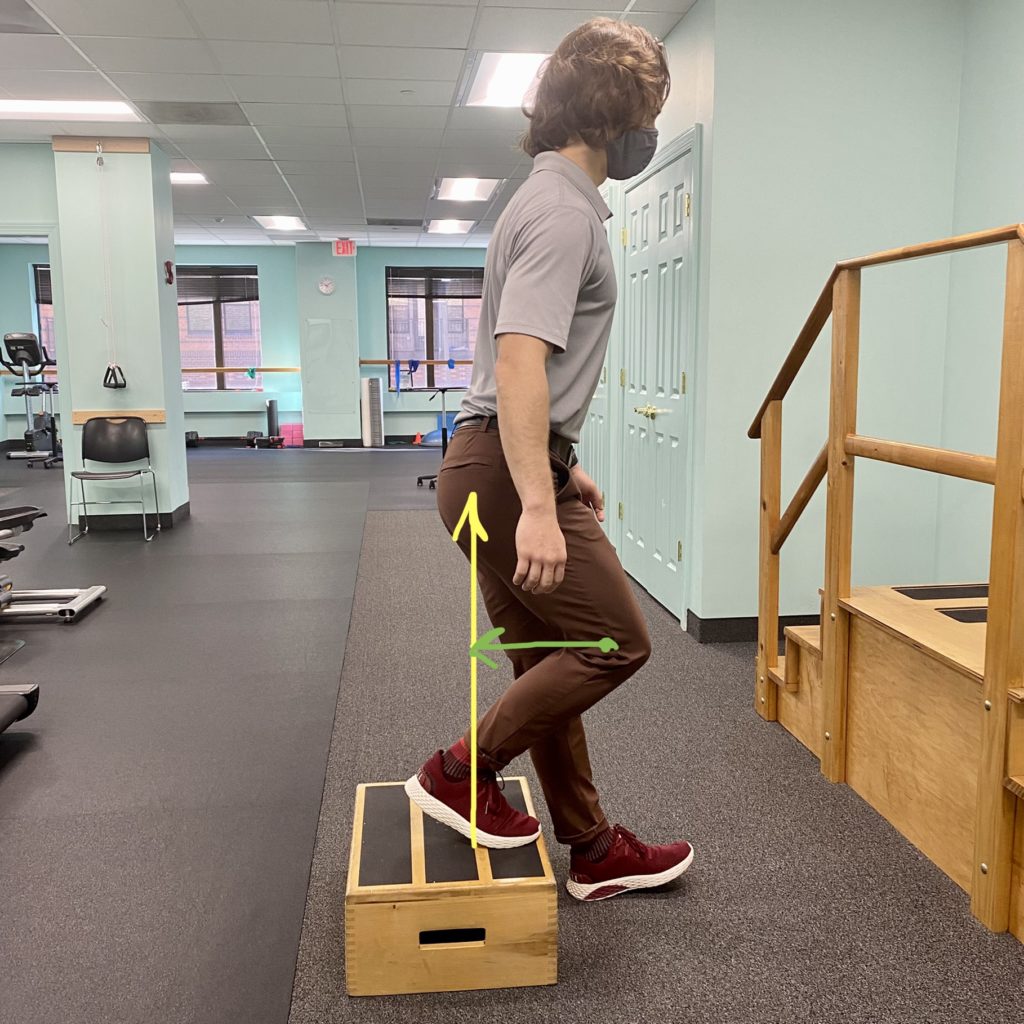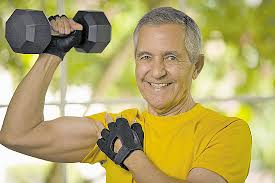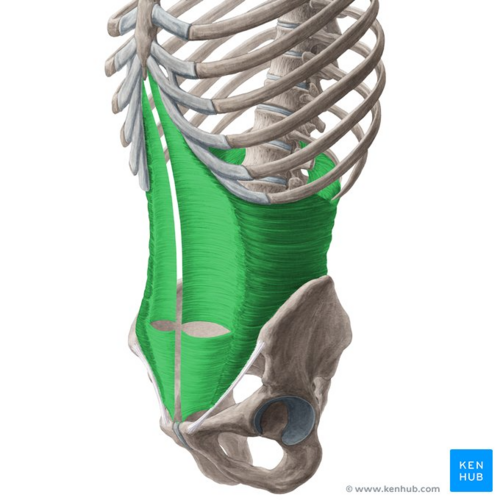Physical Therapy is a great option for patients with arthritis. Physical Therapists will evaluate your joints that are affected by arthritis to determine your baseline level of motion and strength. Physical Therapy will help to ease your symptoms associated with arthritis by improving your strength and stability through prescribed exercises. With increased muscle strength supporting your joints, it will decrease joint stress and improve overall function. Physical therapist might also recommend certain modalities along with exercises to help decrease your discomfort. Examples of these modalities are heat, massage, and electrical stimulation. The most common joints that are affected by arthritis are the hands, knees, hip, and spine. The good news is all these joints can benefit from physical therapy.
General Health
The Anatomy of the Rotator Cuff
The rotator cuff is a group of muscles located in your shoulder that help keep the humerus (upper arm bone) tight within the shoulder socket. The rotator cuff not only provides stability, but also aids in shoulder mobility. The rotator cuff is made up of four muscles each of which move the shoulder in different directions.
| Muscle | Action | Everyday Function |
| Supraspinatus | Abducts the shoulder | Lifts your arm out to the side to get your food from the drive-through |
| Infraspinatus | Externally rotates the shoulder | Helps wash/scratch the top of your back |
| Teres Minor | Externally rotates the shoulder | Aids in brushing your hair |
| Subscapularis | Internally rotates and adducts the shoulder | Helps you put your jacket on or aids in reaching up to grab your seat belt |
How to Analyze Wound Drainage
Wound drainage is not always a bad thing. Depending on the color and consistency of the exudate, the wound may be demonstrating routine healing or may be indicative or infection.
There are four main types of drainage:
| Drainage | Color | Consistency | Definition | Infected? |
| Sanguineous | Bright red | Somewhat thick, syrup-like | Occurs during blood vessel development | No |
| Serous | Clear or slightly yellow | Thin, but slightly thicker than water | Contains sugars, white blood cells, and proteins for tissue healing | No |
| Seropurulent | Cloudy, yellow, tan | Varies from thin to somewhat thick | Beginning sign of infection / bacteria colonization | Yes |
| Purulent | Cloudy, milky, yellow, tan, grey, green, brown | Thick and milky | Pus, foul smell, and painful – indicative of possible infection | Yes |
Note: Not all wounds follow these guidelines specifically. Any change in drainage color, odor, or sensitivity should be reported and discussed with your physician to determine possible signs of infection.
What is an Ankle Sprain and How is it Treated?
Ankle sprains occur when the ankle rolls, twists, or turns in an abnormal direction. They are often the result of decreased ankle strength and poor ankle stability. Ankle sprains often cause pain, swelling, and limited range of motion. They are typically classified into 3 major categories, which are broken down below.
| Phase | Days Injured (estimated) | Treatment |
| Acute Phase (Protection Phase) | 1 – 4 days | R.I.C.E. (Rest, Elevation, Ice, Compression) |
| Subacute Phase (Controlled Motion Phase) | 5- 21 days | Gentle range of motion, light stretching, and very light strengthening |
| Chronic Phase (Return to Function Phase) | 21+ days | Increased focus on strengthening, end range of motion, and progressing through return to activities/sports |
Note: The severity of the ankle sprain and specific ligaments that are affected may alter the treatment process. Consult with your physician or physical therapist to develop the perfect plan to advance safely and effectively through your rehabilitation.
Temporomandibular Joint Dysfunction (TMD)
The temporomandibular joint (TMJ) is the joint that connects your jaw bone to your skull and is located directly in front of your ear. Pain in this region can be the result of postural deficits, stress, bad habits, and acute injury to the jaw. Symptoms are often recognized as pain with chewing, jaw stiffness/locking, and painful popping or clicking when opening/closing the jaw. In most cases, TMD resolves quickly and independently, but in other cases additional guidance is required to reduce pain and improve jaw function.
Helpful Hints to Relieve Jaw Pain:
- Correct posture especially in unsupported seated positions.
- Reduce stress levels.
- Place your jaw in its resting position (Say “Emma” – this word in particular puts the jaw in a completely rested position.)
- Use a warm compress on the joint to relax jaw muscles.
- Limit bad habits – reduce clenching of the teeth, avoid biting your nails, and limit gum chewing.
- Avoid overuse of the jaw – reduce intake of chewy foods, limit yelling and yawning.
If you continue to have pain, physical therapy helps to relieve discomfort by improving jaw alignment through manual work, modalities, and exercise.
Focus on Strength Training as You Age
Aging is inevitable; losing your strength and ability to perform daily activities doesn’t have to be. Sarcopenia is a term used to describe the age-related progressive loss of muscle mass and strength. The process begins in your 40s and ramps-up between the ages of 65 and 80. While age-related strength loss is normal, sarcopenia speeds up the loss of muscle mass and can reduce your muscle mass by 8% each decade. Factors such as insulin resistance, obesity, loss of mobility, and inactivity contribute to the progressive loss of muscle mass in older adults and as a result increase the risk for falls and make daily activities difficult to perform.
Sarcopenia is often diagnosed with the following mnemonic:
S – strength (loss of strength)
A – assistive device (use of a device for walking)
R – rising from a chair (difficulty standing from a chair without use of hands)
C – climbing stairs (difficulty with stair climbing)
F – falls (presence of falls in the last year)
Aging might suddenly sound daunting, but it doesn’t have to be as long as you stay moving! Improving your strength and staying active reduces your risk at developing sarcopenia and also improves your quality of life. Strength training alone can improve your ability to complete daily activities, protect your joints from injuries, improve your balance, and reduce your risk for falls. It can also enhance your thinking skills, improve bone density (to reduce risk for osteoporosis), and help manage chronic conditions such as diabetes, heart disease, and depression.
Strength training as you age doesn’t have to be difficult. Research shows that exercising even just 2-3x per week can enhance muscle mass and strength. Ideally, 2-3 sets of 1-2 exercises for each major muscle group should be performed. If the “ideal” situation doesn’t exactly match your lifestyle, try starting small and just get moving! Any physical activity is better than no physical activity, because even small steps lead to big changes. Try walking more often, getting up out of your chair repetitively to build leg strength, lifting small weights, or joining a fitness class at your local facility; make the change to live a longer healthier life!
The Power of a Corset
In the early centuries, a corset was typically worn as a supportive undergarment that improved posture, supported the spine, and shaped the body into what was then called “ideal proportions.” While corsets used to come in many shapes, sizes, and colors – in today’s world the most important “corset” goes by a single name – the Transverse Abdominis (TrA).
The TrA is the deepest of the abdominal muscles and acts a girdle around the spine. The TrA responds most to perturbational movement and is the only abdominal muscle that remains activated with resisted extension in the spine (resisted extension often comes with exercises such as lifting a box incorrectly, deadlifts, and a quick jerking motion backwards). The TrA is the first stabilizer that kicks in with any arm/leg movements, and as a result helps limit your risk for injuries. It also aids in stabilizing each bone in your spine; so without this muscle, your spine would just be dancing around, pinching on nerves, and collapsing (almost).
The take home here is… the TrA is very important! You need this muscle to assist in stabilizing the spine and when it doesn’t do its job… you end up with back pain. The TrA is difficult to control. It doesn’t work like the 6-pack abs you’re used to. Try activating your TrA to reduce your risk of low back pain, improve your core and back stabilization, and reduce your risk for injury.
Stair Negotiation Physics
Many people with pain in the front of their knee comment that going down stairs is more challenging and painful than going up. Let’s take a quick look at why that is!
In the images below, Dr. Scott compares the forces at work when going up vs. down a step. The yellow arrow indicates the force of gravity and the green arrow is the force placed through the kneecap. A larger arrow = greater force, and as you can see the higher degree of knee bend when going down creates a higher force, and thus more stress, on the knee. This can cause increased pain and make descending steps quite challenging for those with a painful knee condition.
Written by Dr. Scott Newberry


Cold Weather and Joint Pain
With the fall season in full swing, colder weather is well on its way. A common question amongst people with joint pain is does the weather actually play a role in my joint pain? The answer to this is yes (to an extent). While it may not be the sole reason for your joint pain, changes in the weather can have certain effects on your musculoskeletal system.
Take colder temperatures for example, a decrease in temperature can cause our muscular tissue to tighten up which in turn can restrict joint movement, causing an increased sense of stiffness in the joints. Decreased temperatures can also cause the fluid in your joints to thicken slightly, which can decrease its ability to move around the joints as freely as it would in warmer weather, causing that sense of stiffness.
Another element of weather that has a role in joint pain is atmospheric pressure. Before a shift in the weather (rain or snow), the pressure of the air experiences a significant drop. A drop in atmospheric pressure allows the pressure within the body to expand. This internal rise in pressure can cause subsequent increased pressure in the joints, causing increased aches and pains. So when a friend predicts rain because their knees are aching, you may want to make sure you have an umbrella on hand in the days that follow.
Just because colder weather is coming to stay for a while, does not mean you should have to live with that increased pain and stiffness in your joints until Spring. This is a great time to get up and move, as increased physical activity will help increase blood flow to your muscles and help warm up those joints.
Written by: Dr. Taylor Ryan staff physical therapist at HPT
Think Before you Lift
No matter what your occupation is, it is very likely that you pick things up (and put them down) from lower surfaces at least once throughout the day (both in and out of work). Whether it be packages, weights, children, groceries, something you dropped on the floor, etc., knowing how to properly lift is extremely important for your physical health.
When lifting, it is important to remember the 5 L’s:
1. Load- know your limits! If an object is too heavy, do not be afraid to ask for help.
2. Lever- for heavier objects, it is important to decrease the lever arm (your arm length usually). Lifting something closer to your body will decrease the strain on your back and also make it easier to lift.
3. Lordosis- always do your best to maintain a neutral spine when lifting and avoid bending over (even if it is for something of little weight). It is also important to remember to minimize the amount of twisting you do when lifting something. Rather than twisting to put a box/groceries/etc on a table, try doing a small pivot.
4. Lungs- believe it or not, breathing is important in a heavy lift. A good rule of thumb is to take a deep inhale when preparing for the lift and then exhale during the lift. The biggest thing to remember is to NOT hold your breath when lifting something heavy.
5. Legs- you’ve probably heard it loads of times, but here it is again – lift with your legs NOT your back. Your legs can produce more power during a heavy lift than your back. Using your legs can also help you maintain a neutral spine.
So whether you are at the gym lifting weights, picking up your phone, lifting up groceries, or picking up your young one, remember these tips and your back will be sure to thank you.
Written by: Dr. Taylor Ryan, staff physical therapist at HPT


